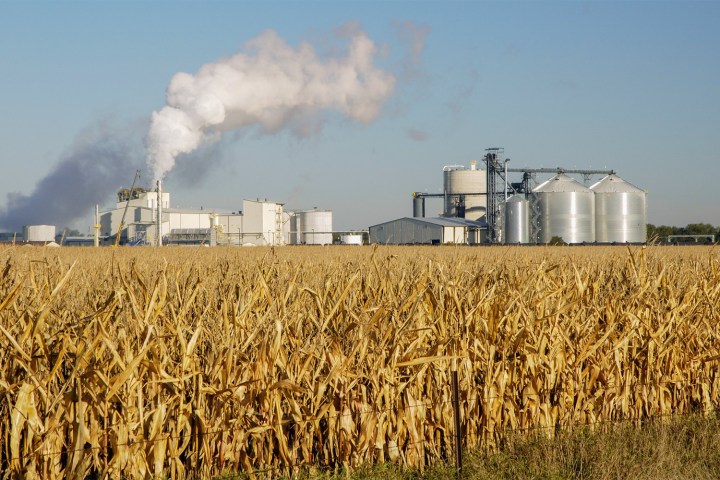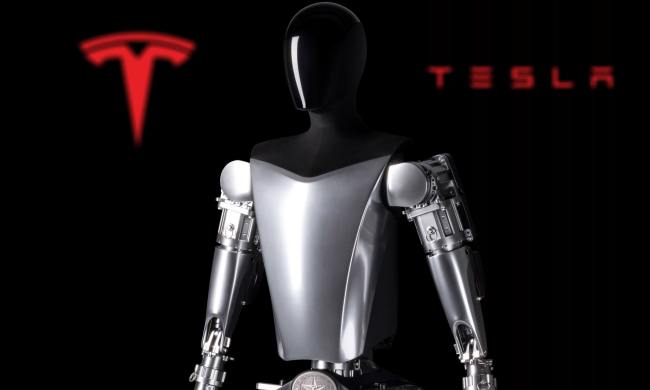
What’s it doing to your car, and why’s it there in the first place. Aah, now that’s a good story.
What is fuel ethanol?
Ethanol is alcohol. It’s the same stuff that’s in vodka and every other alcoholic drink, and it’s made the same way – by fermenting corn or other biomass. But when it’s used for fuel purposes, the refineries put some extra chemicals in it to make it poisonous and unfit for human consumption, then they mix it with gasoline. In case it’s not obvious, you really don’t want to consider fuel ethanol as an alternative to your favorite cocktail. Heck, if you’re bringing cocktails to the gas station, you’ve got bigger issues. Drive responsibly and all that. but we digress.
Ethanol is different from methanol, which is wood alcohol. That stuff is already poisonous in its basic form, and they use it on some very high-powered racing engines but not in production fuel for street vehicles.
Essentially, you could run a Ford Model T on moonshine.
Ethanol has a long history in America. Over 100 years ago, Henry Ford designed the first Model T to run on ethanol or gasoline — the original flex-fuel vehicle. He did this because gasoline was not commonly available everywhere in 1908, and farmers could produce ethanol very cheaply and use it to fuel their vehicles – essentially, you could run your Model T on moonshine. Ethanol also made a comeback as fuel during WWII when gasoline was strictly rationed.
Today, 97 percent of gasoline sold in America has ethanol in it. The exact amount of ethanol in the mix varies from state to state, however, and in some states, you can find ethanol-free premium gas if you look for it. But in general, you can expect that gasoline sold in the United States has around 10 percent ethanol in it.
Why is ethanol in our gas?
Fuel ethanol is used to enhance the octane rating of gasoline. To put that simply, higher octane gas resists detonation, so it burns rather than exploding. But raising the octane level of gasoline is expensive; that’s why premium fuel costs more than regular. Adding ethanol reduces the tendency of low-grade gasoline to detonate, enabling our national fleet to run on crappier gas.
There’s also a political angle. Ethanol is generally made from corn, crop waste, wood chips, or sugarcane. Much of the biomass used to make ethanol is grown in politically important states. Iowa, for example, can trace $5 billion in the state’s economy and 47,000 jobs directly to corn-based ethanol. Until this year, virtually every presidential candidate to win the Iowa caucuses since 1980 had pledged to support the continued mandate for ethanol in our fuel.
It’s no surprise that ethanol in U.S. gasoline is mandated by Congress. It started with the 1990 Clean Air Act and then in 2005, Congress passed the Renewable Fuel Standard that created minimum levels for the use of renewable fuels. In 2007, Congress raised the renewable fuel standard targets to 36 billion gallons by 2022. By 2014, 13 billion gallons of ethanol were being mixed into the U.S. gasoline supply every year.
Fuel ethanol has also become a major U.S. export, peaking at 30 million barrels per year in 2011 and holding steady at about 20 million barrels per year since 2014. Most exported ethanol goes to Brazil, Canada, China, India, and South Korea.
In addition to use as a gasoline additive, fuel ethanol forms the bulk of E85, also known as flex-fuel. E85 is an alternative fuel supported by many automakers on a wide range of cars. E85, as the name suggests, is 85 percent ethanol and 15 percent petroleum and other products. Most E85-capable vehicles can also run on standard petroleum fuel.
The good and bad about ethanol
Let’s start with the good news. Ethanol is a cleaner fuel than gasoline, and it helps reduce emissions when mixed with gasoline. Plus the plant products used to make ethanol absorb some carbon dioxide as they grow. Finally, ethanol is an energy-positive fuel, meaning that you get more energy out of it than was used to produce the fuel, if you don’t count growing the plants in the first place.
On the downside, ethanol is less energy-dense than gasoline – meaning that there’s more energy in a gallon of gas than there is in a gallon of ethanol. In general, ethanol has about 33 percent less energy than gasoline. So, the more ethanol in the fuel, the worse the fuel economy you’re going to get. Gasoline with 10 percent ethanol yields about 3 percent less fuel economy than straight gas.
Ethanol also wants to evaporate more than gasoline, and fuel evaporation is a major source of air pollution, so you need those spring-loaded vapor seals on fuel pumps and similar gear at the refining and distribution centers to keep ethanol in the fuel.
Finally, land and resources used to make ethanol are not available for other purposes. This is most acute in Brazil, where the tropical rainforests have been cleared to grow sugarcane for use in ethanol production. Brazil uses a lot of fuel ethanol.
The bottom line on fuel ethanol
For the most part, ethanol doesn’t affect you very much. Yes, you might get a little bit better mileage and performance with pure gasoline, but not enough to offset the cost of buying non-ethanol gas if it’s available in your region.
According to the U.S. government, all gasoline-powered vehicles can use E10 safely. In practice, owners of classic cars have reported that the ethanol tends to dry out and cause decay in older rubber hoses, seals, and diaphragms. If your area offers E15 fuel, all gas-powered vehicles built after 2001 should be OK using it, but not all automakers have certified all their vehicles for E15. Check your owner’s manual to be sure.
The bottom line is, if you’re in the majority of folks who drive a car built after 2001, ethanol won’t harm your fuel lines or seals. If your car was built before 2001, you’ll need to keep an eye on that. But older fuel lines and seals degrade over time anyway, so you should replace them with new ethanol-safe lines and then forget about it. Or you can find a source of non-ethanol fuel and use only that source.
On the political and science side, the government and industry are working on more efficient ways to produce ethanol. Mostly, this revolves around using waste paper, sawdust, and fast-growing grasses. These are all better alternatives than the water and fertilizer-intensive corn crop.
If we can make fuel every time we mow our lawns, the nation will be bucks ahead.




